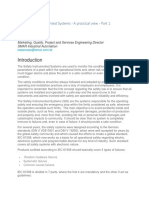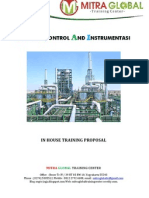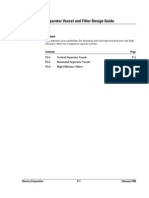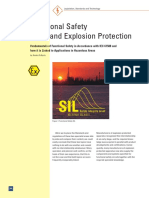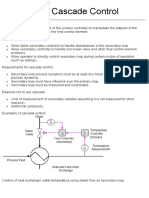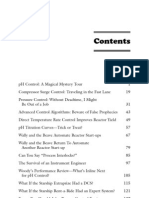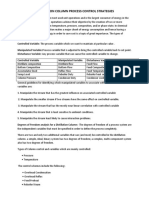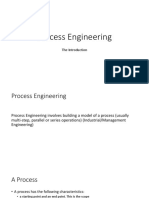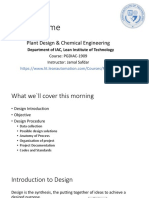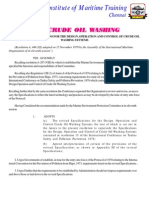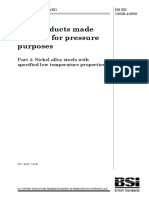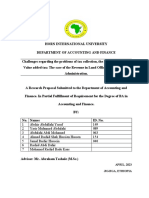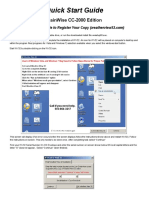100% found this document useful (1 vote)
154 views38 pagesPID Instr Sec 01 Introduction To Process Control
The document provides an introduction to process control and instrumentation, covering topics such as control history, basic measurement definitions, performance terms and specifications, P&ID symbols, typical applications, and basic control concepts. It includes examples of early control systems, common process control applications, and elements of traditional single loop controllers.
Uploaded by
Jamal SafdarCopyright
© © All Rights Reserved
We take content rights seriously. If you suspect this is your content, claim it here.
Available Formats
Download as PPTX, PDF, TXT or read online on Scribd
100% found this document useful (1 vote)
154 views38 pagesPID Instr Sec 01 Introduction To Process Control
The document provides an introduction to process control and instrumentation, covering topics such as control history, basic measurement definitions, performance terms and specifications, P&ID symbols, typical applications, and basic control concepts. It includes examples of early control systems, common process control applications, and elements of traditional single loop controllers.
Uploaded by
Jamal SafdarCopyright
© © All Rights Reserved
We take content rights seriously. If you suspect this is your content, claim it here.
Available Formats
Download as PPTX, PDF, TXT or read online on Scribd
/ 38










